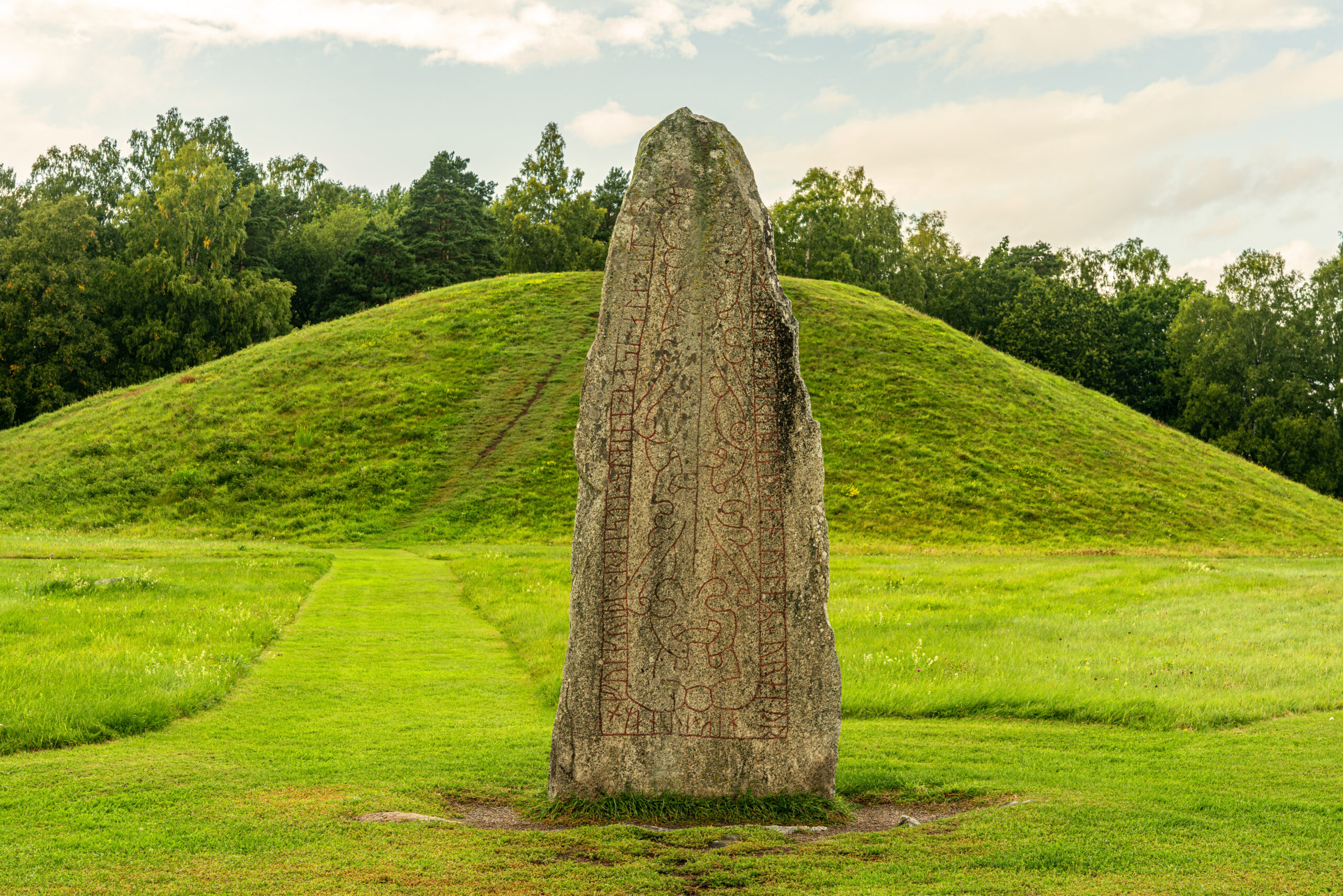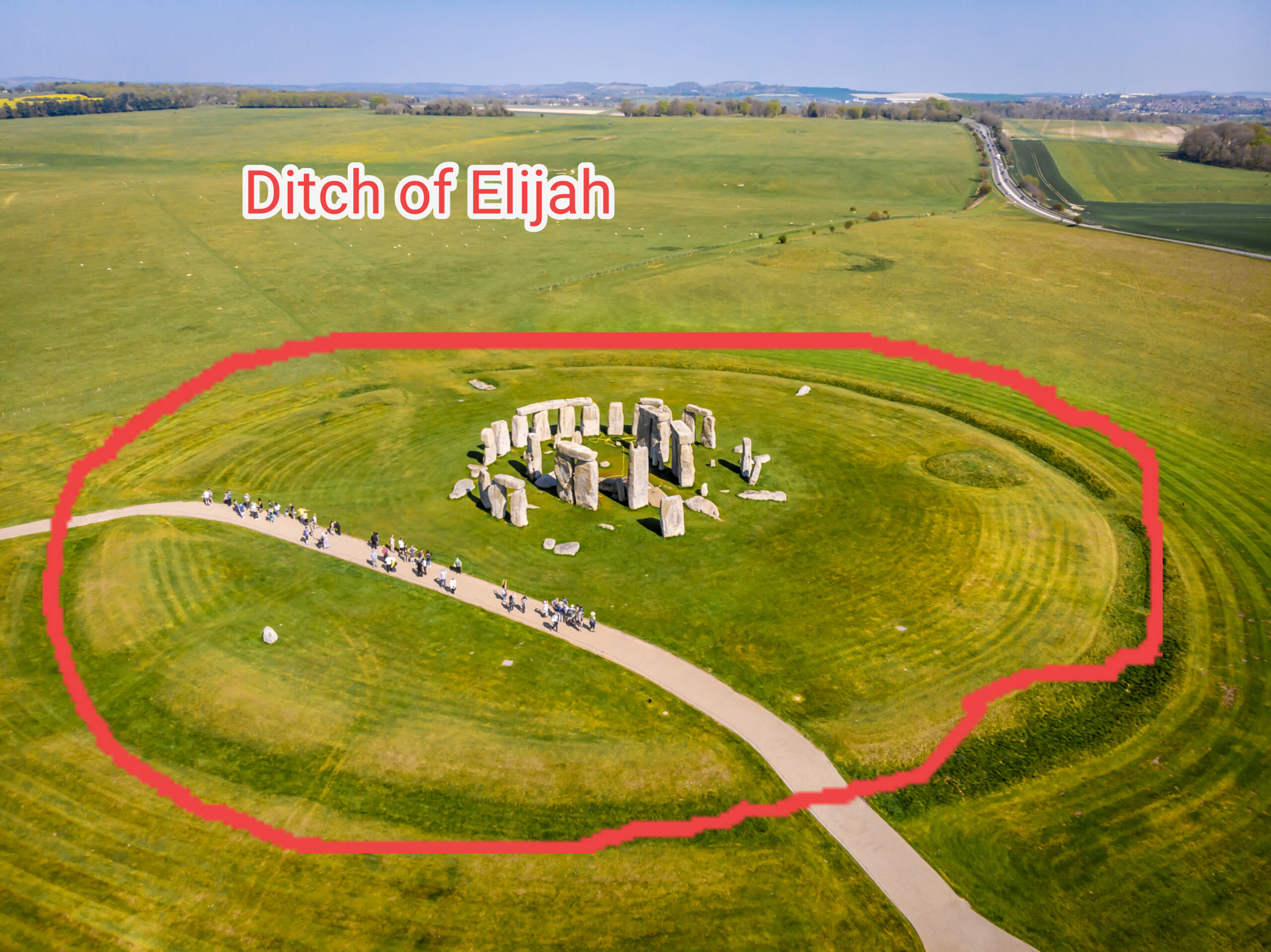Your cart is currently empty!

Page Three- Stonehenge’s Structure Analysed
From above, it is easy to understand why most scholars theorized that Stonehenge is some type of calendar or time keeping device because of the many circular structures in the build.
First, you have the circular ditch, then the semi-stone circle, and there is this earthen up build of ground that give the appearance of a Turbillion watch. However, these three things I’ve mentioned are completely separate, individual structures, as are other relics, uniquely interwoven all together, to make this thing called Stonehenge. In fact, Stonehenge is the accumulation of at least seven distinct well known monuments that are on record to exist in most parts of the world. These monuments that make up Stonehenge are, as said before, standing stones, stone circles, mounds, altar stones, henges(ditches), marker stones, line of stone, and or three poster.
In the book Eliyah’s Greatest Monument and Prophecy it is shown that these monuments’ erectors, their reason for being built, and when and how they were built are all contained in the Great Scriptures called The Holy Bible.
The individual monuments that are assimilated within Stonehenge can be easily dissected.
This image shows the stone circle made within Stonehenge. Stone circles vary in style and size. There are hundreds of different circles of stone in Europe as well as Asiatic demographics. These styles of monuments seems to always be located in landscapes that are pleasing to the eye. We will find out later why this is so.

The Stone Circle

This is the Mound
This mound is a distinct kind of monument made within Stonehenge. Stonehenge is great because it has all of the monuments built within it by a very special group of people.

This is the Marker Stone
The Marker Stone is in essence a Standing Stone. However, Marker Stones always accompany another monument such as the stone circles of mounds, whereas a standing stone exists by itself.

This is the Henge or Ditch of Stonehenge
Henges are the large circular ditch like monuments. They usually appear with another well known monument like altars or stone circles, but on occasion they exist by themselves.

This is a Altar Stone and a rendition of a Three Poster stone monument.
Altar Stones are any table like stone structure. The large lintels of Stonehenge has been reported to be altar stones, this book won’t refute that, but it will claim the so-called dolmen to be altar stones. The three or four poster monuments are just that, three or four stones in a row or a perceived circle. They are found by themselves but they normally set on top of mounds, whether man made or natural.